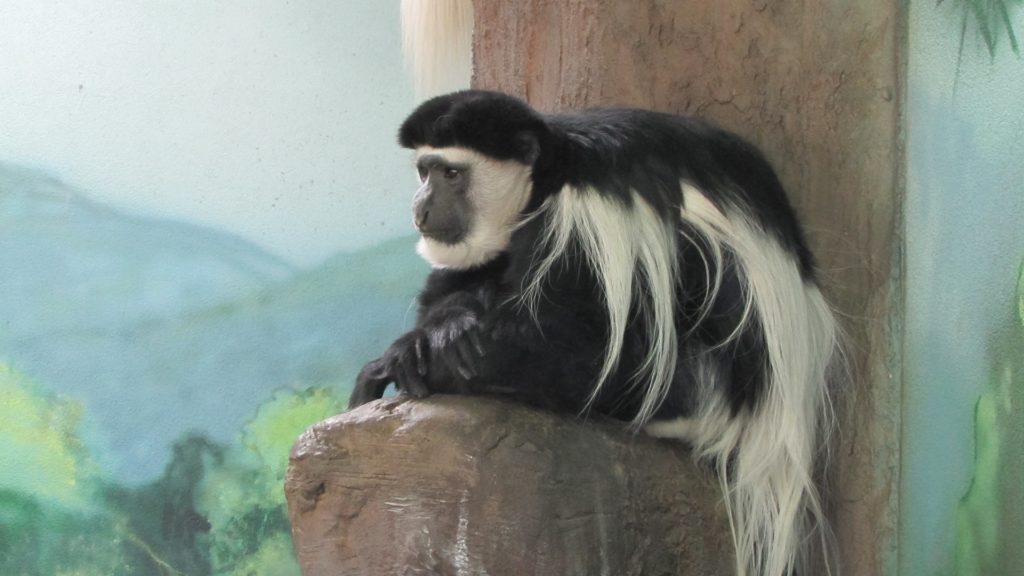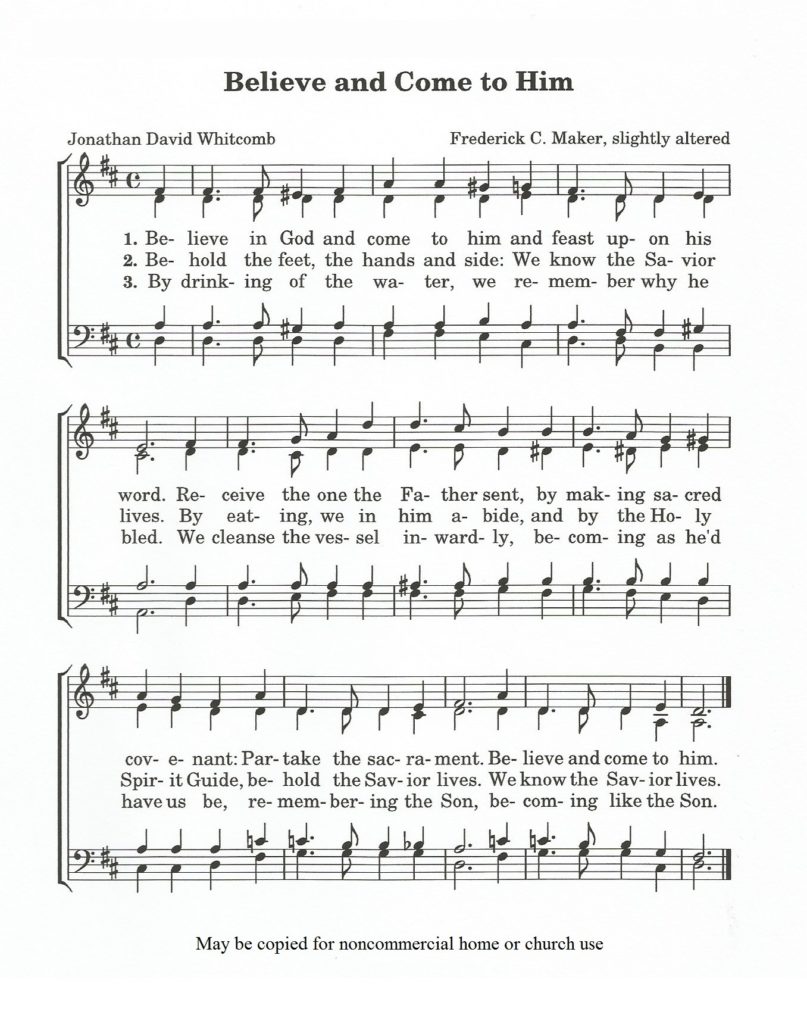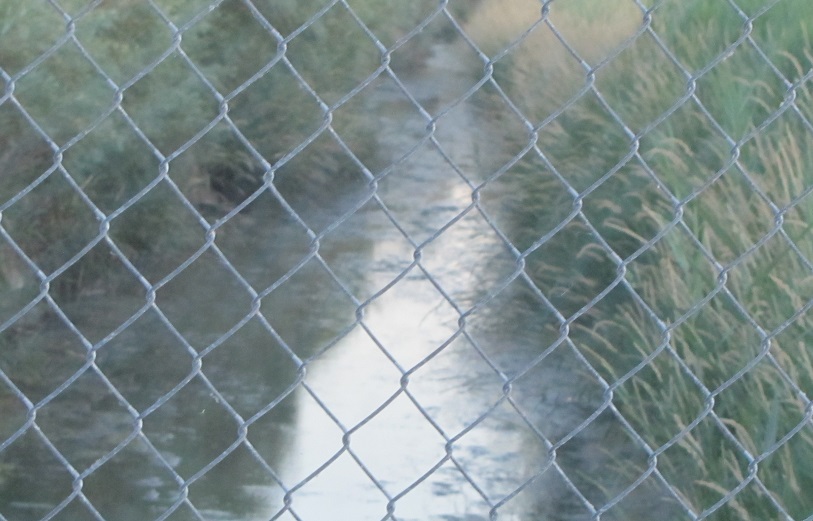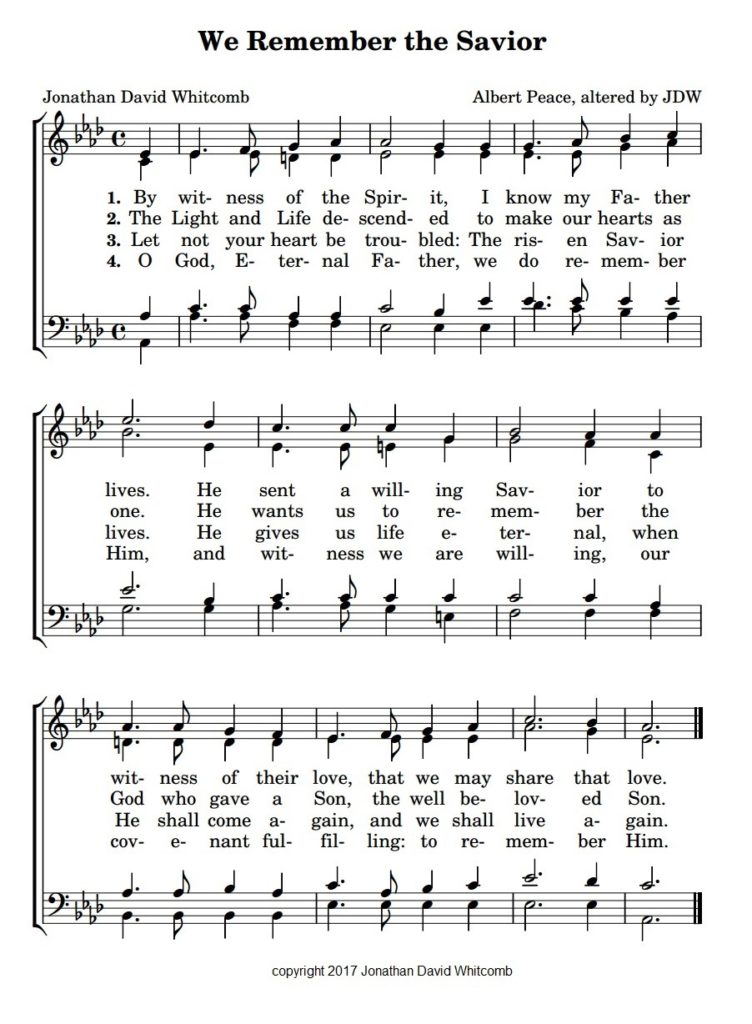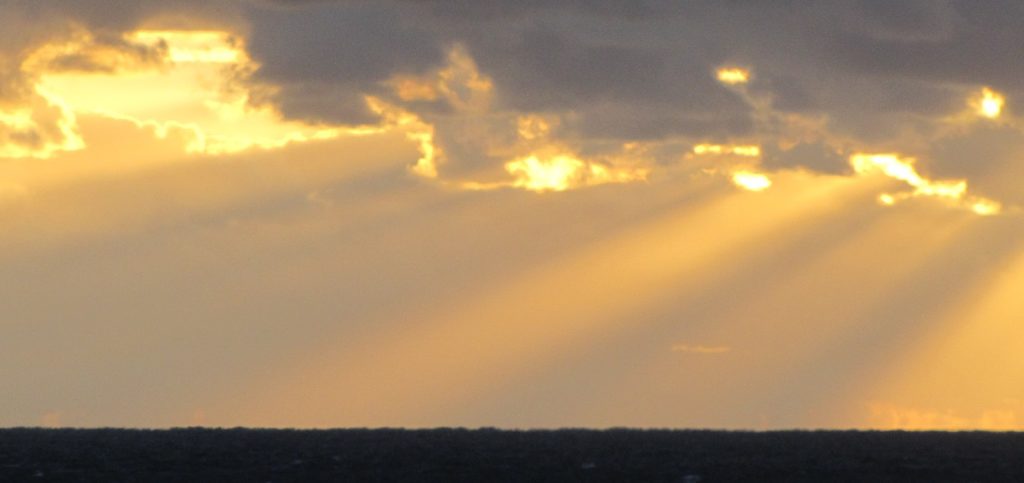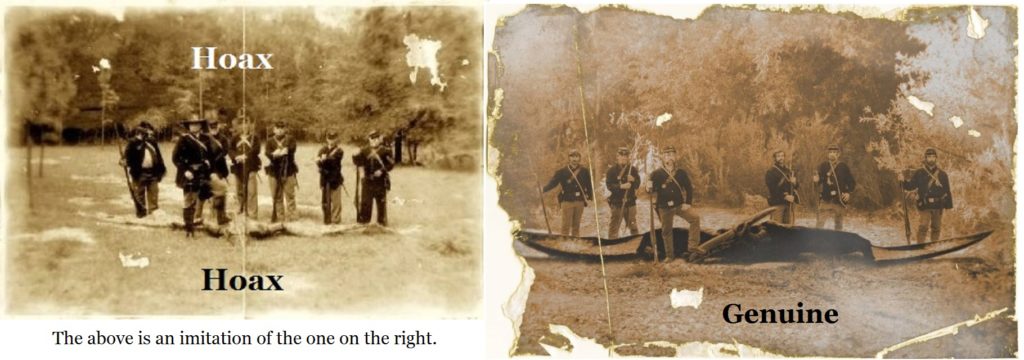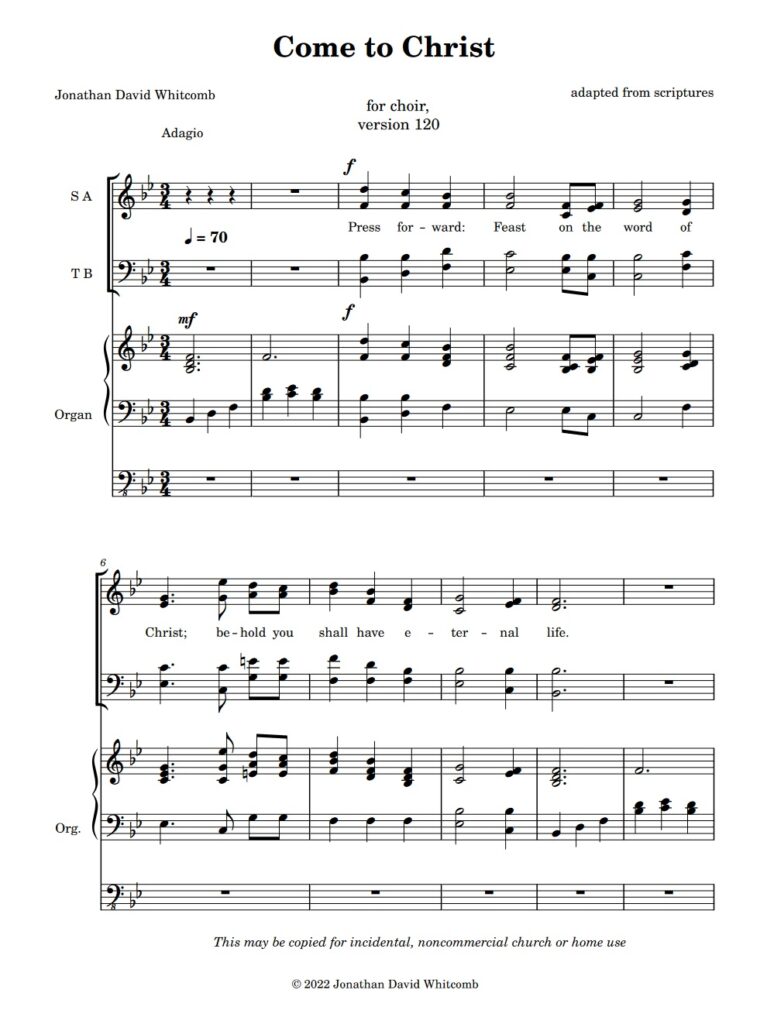The Origin of Life
I may need to apologize for neglecting to say more, during the past 13 years that I have been writing, about the following. Probably over 98% of my writings, in that time, have been about living pterosaurs rather than about what prompted me to take such a deep interest in sighting reports of those extraordinary flying creatures. It relates to the origin of life relative to ideas about evolution, and that needs a four-part introduction.
1) LDS Scriptures
The four standards of scriptures used by *members of The Church of Jesus Christ of Latter-day Saints (often called *Mormons) are:
- The Book of Mormon
- The Bible
- The Doctrine and Covenants
- The Pearl of Great Price
We generally give no hierarchy to these four, allowing them to simply reveal to us what they will, especially through the influence of the Holy Ghost.
Since we have no precise technical explanation for the origin of life in any of those scriptures, let us use what intelligence and resources God has given us, remembering that we may be arriving at only a piece of the truth as we wait, actively and constructively, for more of the revealed truth that we need.
This post (dated April 9, 2015 on LDS Author) introduces the problem we have had in Western societies regarding the use of the word evolution. It says that we have been indoctrinated into equating a philosophy of “evolution” with “science.”
It also says that we have been indoctrinated into believing that dinosaur fossils are extremely old. It briefly introduces readers to the recent lack of Carbon-dating on dinosaur bones, and the post gives two links that go into much more detail about how that dating method reveals that dinosaur fossils are actually much younger than we have been taught.
This scientific paper was published online, many years ago, but it’s a wordy document. Let’s consider a brief conclusion from that mathematical experiment:
Natural Selection , often called “survival of the fittest,” does the opposite of what Darwin assumed it would: It prevents small simple organisms from evolving into large complex forms of life. In other words, real evolution makes it impossible for modern large life forms (like humans, horses, elephants, lions, and whales) to have ancestors that were small and simple.
That means that the evolution that we often hear about in Western media, the kind that involves little forms of life evolving into big animals, is completely fictional. That has been proven by objective mathematical experimentation.
I, Jonathan Whitcomb, conducted this experiment over a period of six to eight months, early in this century, before I became involved in living-pterosaur investigations.
To any skeptic who might dismiss “Evolutionary Boundary” because of my religious beliefs, I would say this:
- I was trying to force Darwinian evolution to occur in the mathematical experiment.
- I failed in my attempt to make one step of that kind of evolution occur.
In other words, I was sincerely trying to be objective, and no simplistic attempt at refuting Darwinian evolution was involved, although I had long suspected that objective examination of relevant details would discredit such a concept of evolution (molecules-to-man by natural selection). If anyone carefully reviews what was done in my experiment, I believe evidence for my objectiveness will be found.
4) “The Gospel and the Scientific View”
For LDS (Mormons), I suggest reading this online article on the official Church site.
.
What is the origin of life?
Introduction
When I got up on the morning of December 10, 2017, long before sunrise, walking towards my office I looked out the high window in our living room. I thought I saw two bright stars shining through the branches of a tree. As I moved towards the office door and then stopped and moved towards that window, I noticed that those two lights quickly changed position relative to those tree branches, too quickly. It was then obvious: They were two reflections of light on the window itself, not stars (reflections on two horizontal plastic bars in the window—that’s what I saw).
Later, after writing some of what you are now reading, I left my office to again look out that window. The star I then saw appeared near the location where I had seen the two reflections. This time, however, my movements revealed that I was looking at a real star, for my changing of position made only a very slight change in the apparent position of the star relative to the tree branches.
Notice that my conclusions were based upon more than simplistic observations. I needed to know about how things appear in three-dimensional space. The dramatic change in apparent position of those two reflections led me to suspect that they were not stars, yet only when I saw that those two lights always appeared at a precise location on those two plastic bars—then is when I concluded that they were reflections.
In other words, sometimes the natural process of learning about something involves at least two stages: learning what it is not and then learning something about what it is. I suggest we use that approach in learning about the origin of life on our planet.
.
Monkey in an enclosure at the Hogle Zoo in Salt Lake City
Look at two things in the above image and keep them separate in your mind. The monkey is real, a living animal that I photographed a few years ago. The background surrounding the monkey, however, is not a real scene of mountains and trees, for that part of the image is only a painting.
Regardless of how realistic a painting may be, for an animal enclosure in a zoo, it is still only a crude imitation of the appearance of real mountains and real trees. Even if those images appear very much like the mountains and trees where that particular animal would live in the wild, the painting is only a crude visual imitation.
Improving the health of that monkey, or adding more monkeys to the enclosure, or extending the lifespan of that monkey—none of those will make the slightest difference in causing the painting to become more like real mountains or real trees.
It’s not that the images in the painting don’t look like mountains and trees or that points of light on a window don’t look like stars. Monkeys in the wild can have all of those objects in their background when we observe them in their natural habitat. We need to distinguish, however, between crude imitation and the real thing.
Conclusion on Biological Evolution
We may see more than one kind of evolution in living things, but the kind sometimes called “molecules to man” evolution is what I call “the never-ending fairy tale.” When people continuously speculate about what they think happened millions of years ago, how can it be verified objectively?
I don’t mean to imply that I know and understand everything about biological evolution, but I do know that small simple forms of life do not evolve into large complex forms through natural selection. That concept of survival of the fittest is perfectly valid in a number of situations, but it actually prevents simple organisms from evolving into complex organisms. Millions of years are of no help in that kind of evolution, for the longer real evolution takes place, the more difficult it is for a small form of life to evolve a new biological structure that might otherwise eventually make it more complex.
###
.
One LDS Perspective on Evolution
Nonfiction book to be published before the end of April, 2018
.
Late on the night of January 16, 2018, (9:00-11:45 p.m. Pacific time) I, Jonathan Whitcomb, was interviewed by Dave Scott on Spaced Out Radio . . .
.
Proclamation on Living Pterosaurs
I, Jonathan David Whitcomb, proclaim that not only are not all species of pterosaurs extinct but more than one species is living, and they range in extensive areas of the planet. During the past fifteen years, I have received reports of apparent living pterosaurs from six continents, most of which reports were directly from the eyewitnesses themselves.
.
Living Pterosaurs and Evolution
The official scientific discovery of a species of modern pterosaur, acknowledged in Western science—that can help many persons to wake up and ask why we have been indoctrinated so deeply into an idea that is false. That is part of the awakening that is part of my purpose, whatever people want to think about the age of the earth.
